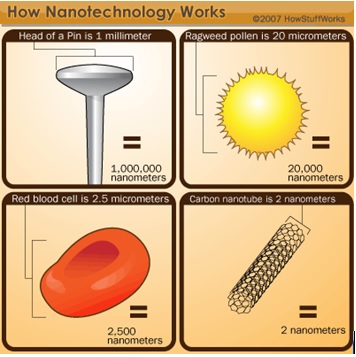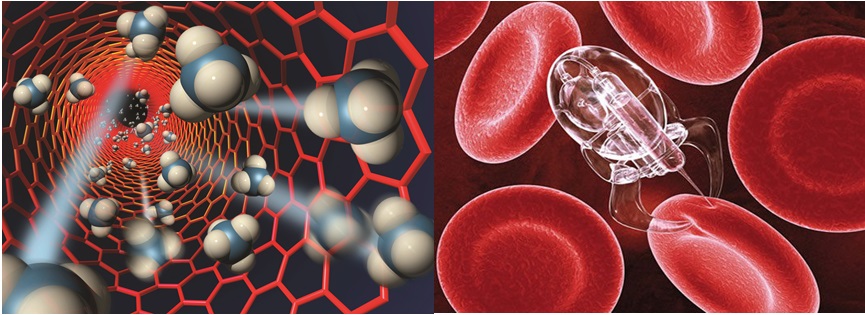The term "nano", representing the nanometer, defines the scale of length measuring one billionth of a meter, influencing the fundamental properties of materials such as mechanical, thermal, electrical, magnetic, optical, and aesthetic [1]. The properties of materials at the nano scale can differ significantly from those at a larger scale due to changes in surface-to-volume ratio. When the size of a material drops below 100 nm, its fundamental properties undergo striking changes [2].

What is the scope of Nanotechnology?
Compared to semiconductor technology, information technology, or cellular and molecular biology, Nanotechnology has profoundly influenced the global economy and society in the early 21st century. Its main focus is on the production and application of physical, chemical, and biological systems ranging from individual atoms or molecules to submicron dimensions [2]. Nanotechnology offers the possibility of producing new materials and devices in the nano size range, consuming less energy, matter, and consumables, with different properties derived from combinations of different material properties [3].
Classification of Nanomaterials
Although nanomaterial is defined as a material having one or more external and internal dimensions or surface structures at the nano scale, nanomaterial classes consist of materials that are not nano-scale in size: 0-D (nanoparticle), 1-D (nanofiber, nanotube, and nanorod), 2-D (nanofilm and nanocoating), or 3-D (solid material). Nanomaterials can be produced from metallic materials, ceramics, polymers, and composites. Metallic materials conduct heat and electricity well at room temperature and form metallic bonds in nature. In some cases, non-metallic materials such as carbon, silicon, and nitrogen can be added to metals. These mixtures are called alloys, with the best example being steel, consisting of iron and carbon. Ceramics are hard, brittle, and insulating due to their ionic and covalent bonds in their structure. They also have resistance to corrosion. Glass, brick, stone, and porcelain are known ceramic materials. Polymers encompass natural polymers such as wood, rubber, and wool; biopolymers such as proteins, enzymes, and cellulose; and synthetic polymers such as Teflon and Kevlar, formed by the assembly of many organic molecules. These materials exhibit good insulation and corrosion resistance. Another favorite material used in the production of nanomaterials is composites because these materials, by combining two or more materials with different properties, exhibit new properties different from those of the constituent materials. One of the materials constituting composites carries the matrix feature while the other serves as support [1].

Application Areas of Nano Products
Products produced by Nanotechnology find applications in various fields such as electronics and computers, energy, medicine, construction, paint, and textiles. For example, carbon nanotubes are widely used in energy storage or to improve the efficiency of screens and batteries. These products are used in the paint industry for providing cleanliness and microbial resistance in homes, cars, and marine vehicles. In the textile field, nano is used to improve the hydrophobicity and protect clothing from staining and microbial contamination. Another important issue, although not fully feasible yet, is tissue engineering applications such as drug release and artificial organs or body parts, which could potentially assist in the treatment of common diseases.
References
[1] Schodek, Daniel L., Paulo Ferreira, and Michael F. Ashby. Nanomaterials, nanotechnologies and design: an introduction for engineers and architects. Butterworth-Heinemann, 2009.
[2] Bhushan, Bharat. Springer handbook of nanotechnology. Springer, 2006.
[3] Ramsden, Jeremy. Nanotechnology: an introduction. William Andrew, 2011.